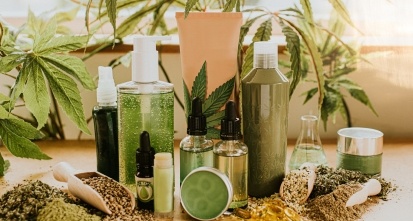Gain new perspectives for faster progress directly to your inbox.
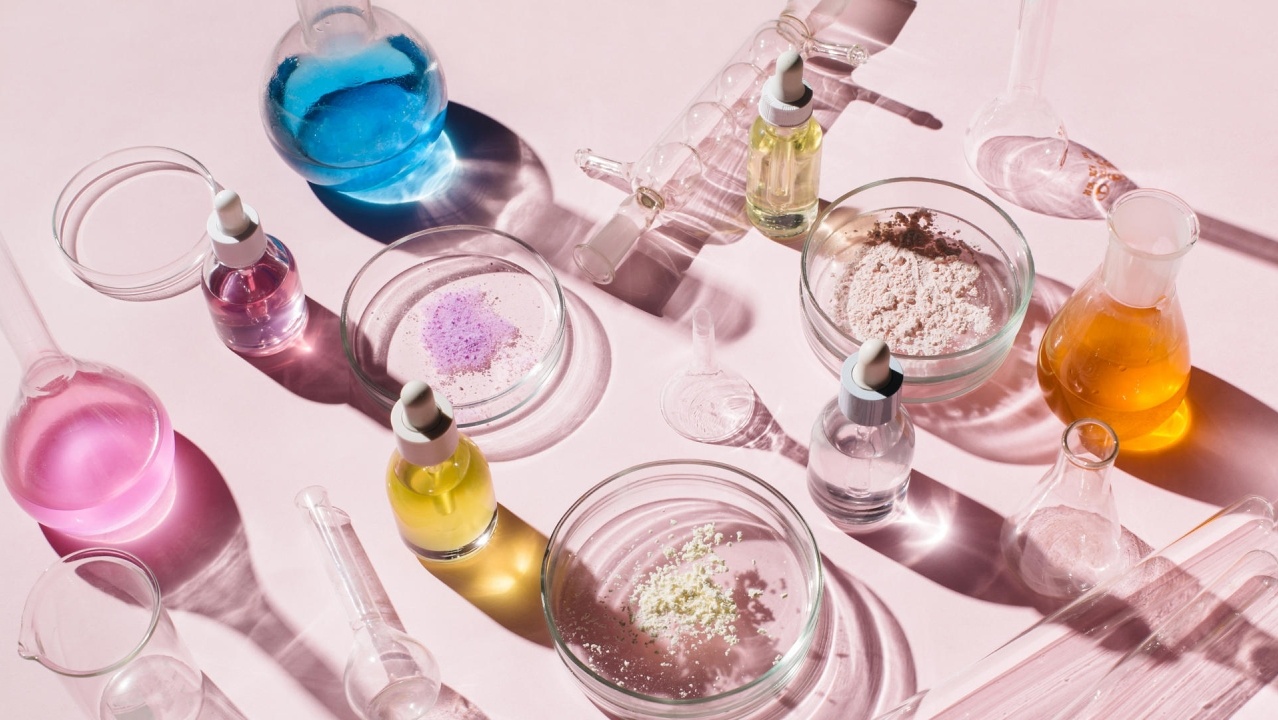
Gone are the days of a countertop full of products and long-winded cosmetic routines. In today’s fast-paced society, consumers are looking for that one product that can do it all.
Enter multifunctional cosmetics.
Whether it’s a skincare product offering hydration, anti-aging, and blemish treatment properties, or an anti-frizz, strand-repair, in-shower conditioning hair mask, consumers are demanding more of their cosmetic products than ever before. This demand, however, puts pressure on the cosmetics industry to keep formulating products that tackle multiple concerns at once.
By keeping track of the latest developments in multifunctional ingredients, including chitosan and lignin, as well as novel delivery systems, such as the use of nanotechnology, formulators can continue to deliver innovative products to this fast-moving and high-demand market.
Hero ingredients
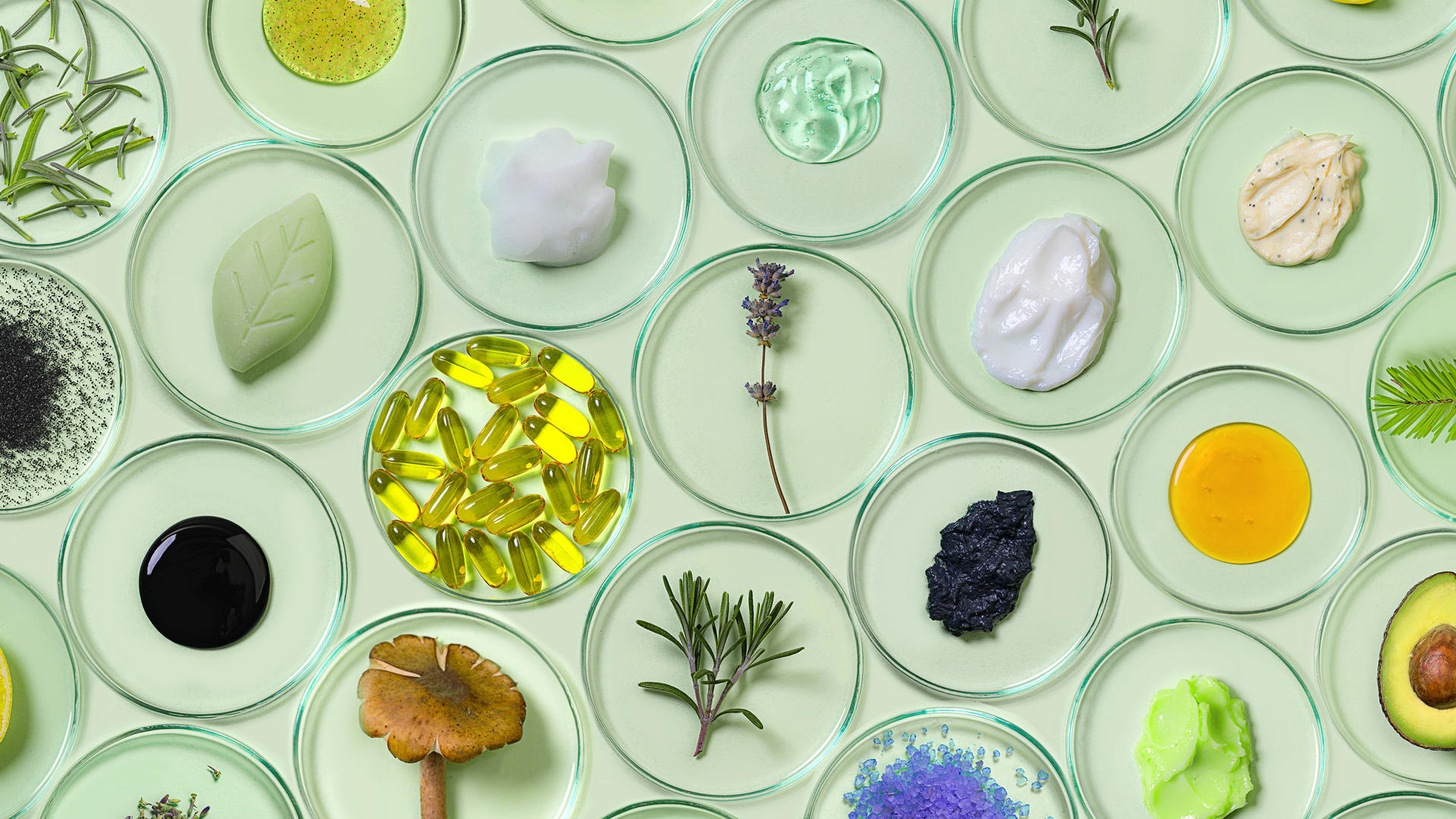
One of the great tools the cosmetics industry can use to formulate multifunctional cosmetics is so-called ‘hero ingredients.’ These ingredients offer multiple benefits simultaneously, enabling formulations with only a few ingredients to tackle multiple concerns.
Some common cosmetic hero ingredients include:
| Ingredient | Hero properties |
| Shea butter | Anti-inflammatory Antioxidant Anti-aging |
| Coconut oil | Repairs the skin barrier Antimicrobial Anti-inflammatory Antioxidant Anti-aging Wound healing |
| Niacinamide | Anti-inflammatory Antimicrobial Antioxidant Antipruritic |
| Caffeine | Stimulates hair growth Improves microcirculation UV protective Antioxidant |
| Propolis | Antiseptic Anti-inflammatory Antioxidant Antimicrobial Wound healing |
With greater consumer interest in slimmed-down ingredient lists and ‘clean cosmetics’, hero ingredients are an easy sell to people looking for a single-ingredient answer to all their cosmetic needs. Not only do these ingredients help with formulation, but many are viewed as ‘natural’ or ‘clean’, providing a clear marketing advantage.
Herculean hydrators
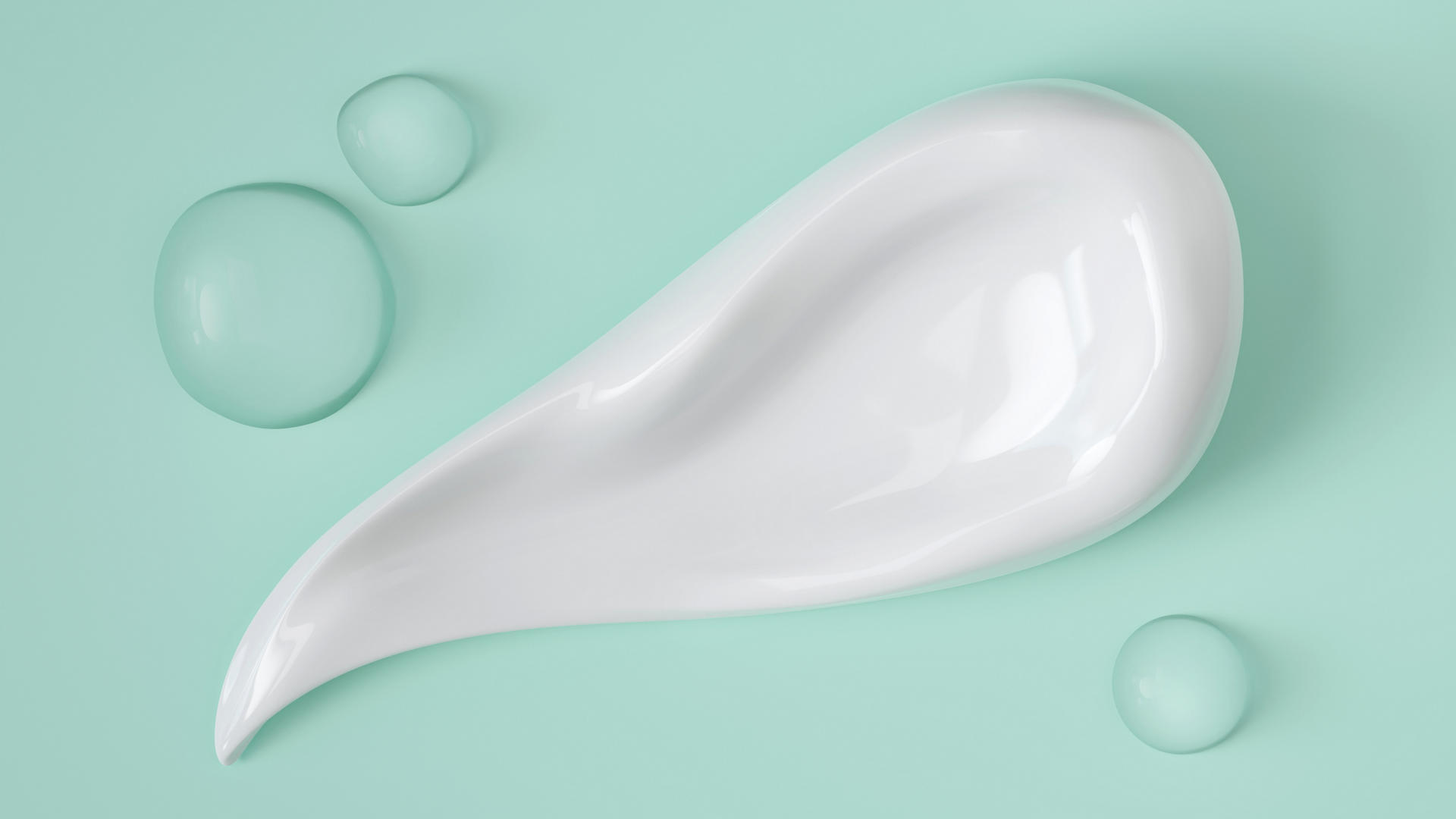
Hydrators are among some of the most versatile cosmetic ingredients. These ingredients often provide hydration for skin, hair, and nails and can be used to develop multipurpose products for all of these applications. Hydrating serums and oils are now being marketed as a single replacement for a collection of products, including hand creams, face moisturizers, body moisturizers, and hair conditioning masks.
Hydrating ingredients can do more than target multiple body areas. They can be used in multifunctional cosmetics, which also provide anti-aging, antioxidant, and antimicrobial benefits. Plant oils, including shea butter and coconut oil, are common candidates within the cosmetic industry. However, new research has identified chitosan as a novel contender.
Chitosan can be used on skin and hair, where it can hydrate and protect. The benefits of chitosan are thought to include:
- Humectant properties
- Emollient properties
- Antimicrobial properties
- Skin conditioning
- UV protection
- Antioxidant properties
Amazing antioxidants
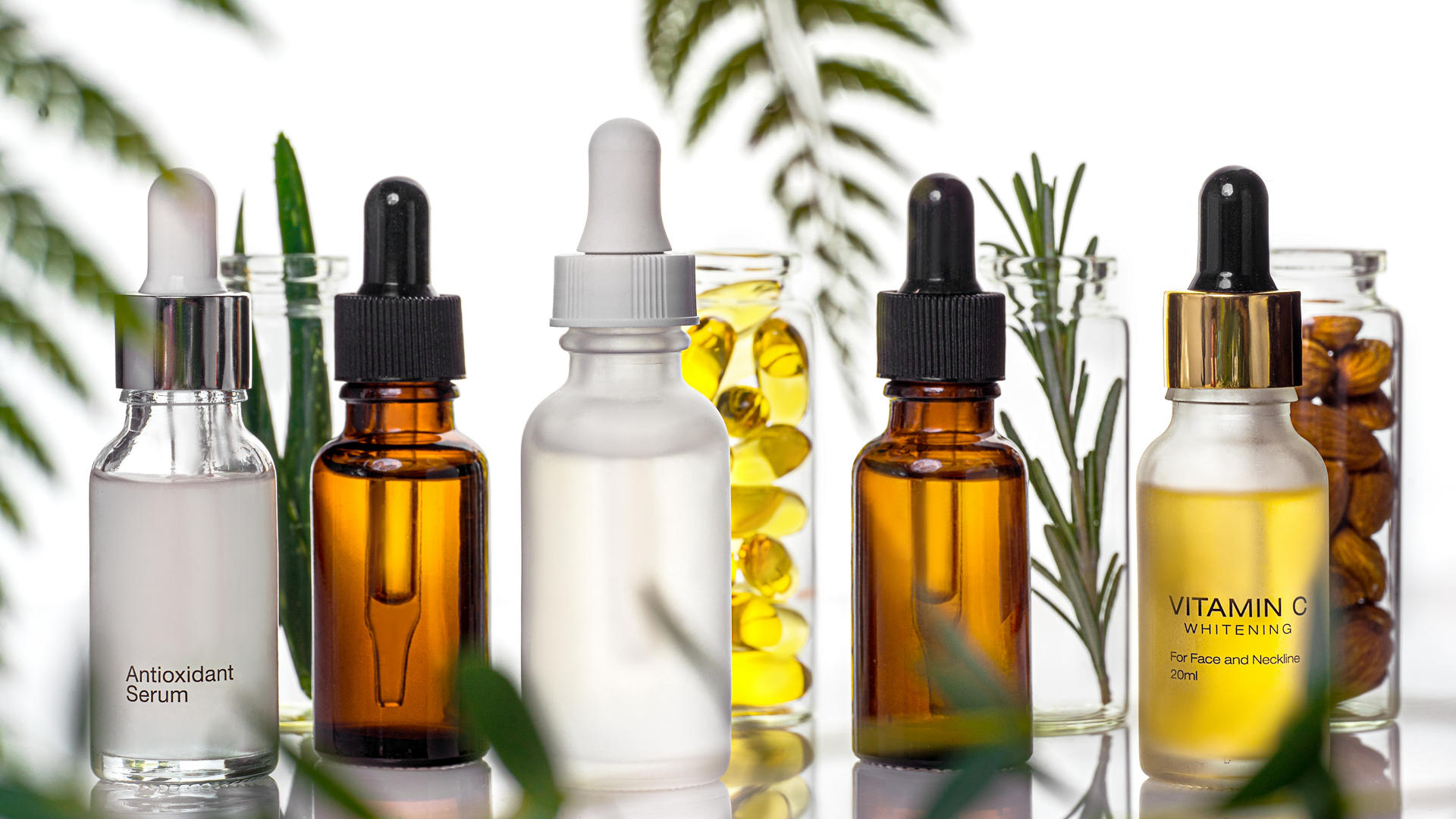
Chitosan, as an ingredient with antioxidant properties, will join other cosmetic staples such as shea butter, coconut oil, niacinamide, and propolis. Each ingredient brings its own multifunctionality, creating a range of options when formulating cosmetics with antioxidant activity.
Another recent candidate for antioxidant cosmetics is lignin. Derived from natural sources including sugarcane, lignin has distinct antioxidant activity, which could be harnessed for cosmetic applications. In a 2023 study, lignin was shown to have the same or slightly greater ability to scavenge for free radicals as the cosmetic standard. The study also showed that lignin can be used as a natural cosmetic pigment as well as UV protection, highlighting its potential as a hero ingredient of the future.
Spectacular sun protection

Lignin’s potential in UV protection arguably surpasses that of its antioxidant properties. Shown to be a potent UV-blocker both in vitro and on human volunteers, lignin presents an exciting opportunity for the future of UV-protective multifunctional cosmetics. With increasing advice about sun protection, consumers are looking for SPF products that also target other skin concerns.
Another avenue of research is the addition of rosmarinic acid to sunscreen formulations, which was shown to increase the SPF by 41% as well as adding antioxidant properties. A key barrier for SPF containing multifunctional cosmetic formulations is that any new ingredient cannot compromise the sun protection of the product, making ingredients like rosmarinic acid, which can enhance SPF as well as bring other benefits, an exciting opportunity for formulators.
Tremendous blemish treatments
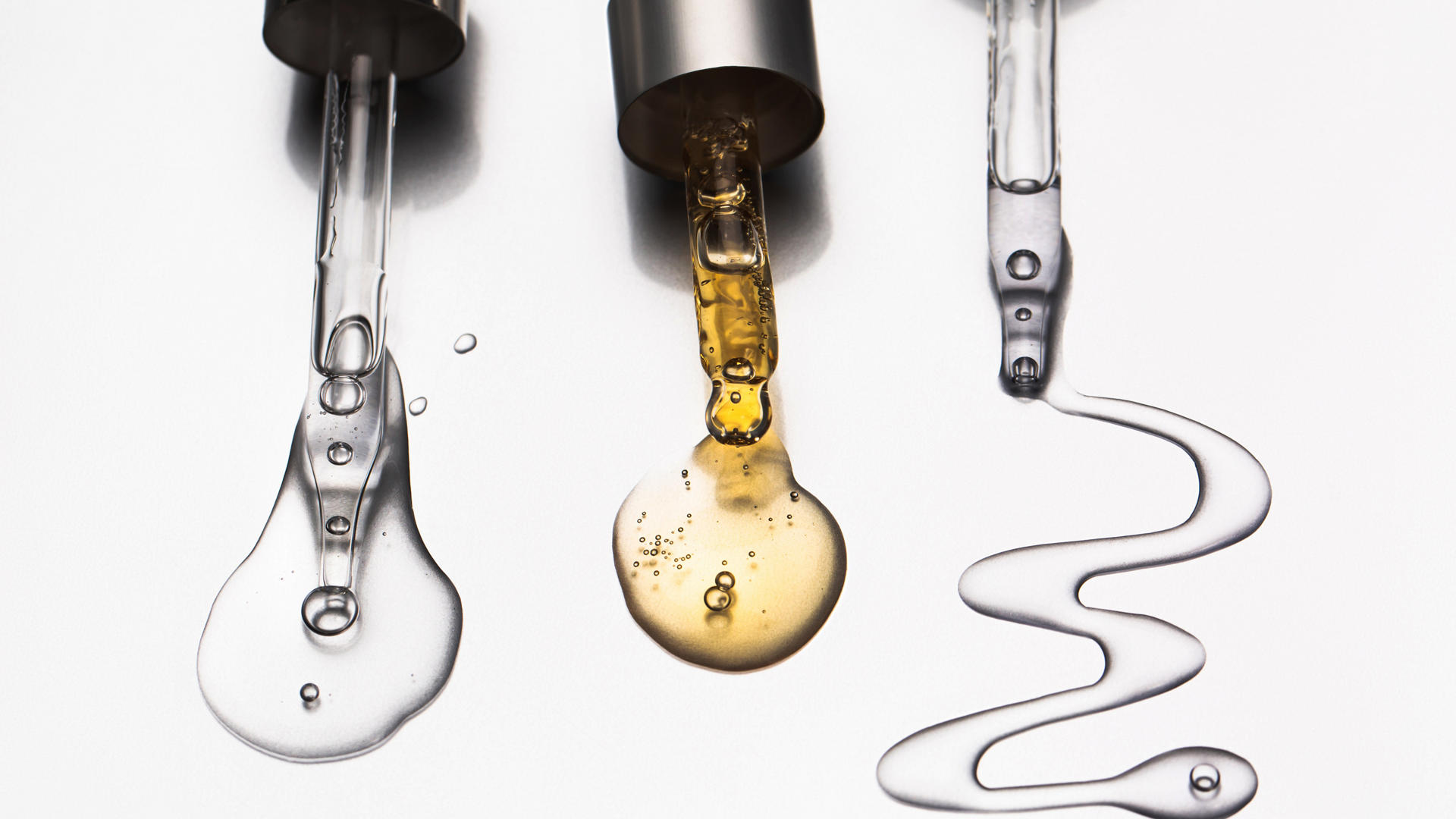
Blemish treatment products often need to have more than one function, including skin hydration, wound healing, and antioxidant properties. Ingredients that are anti-inflammatory and antimicrobial can help fight the causes of acne blemishes, and those providing wound healing and skin barrier repair can reduce scarring. In this way, blemish treatment ingredients need to provide versatility even within their main function.
With a wide range of antimicrobial and anti-inflammatory ingredients in use within the cosmetics industry, formulators have their pick of active ingredients. Aloe vera, witch hazel, salicylic acid, benzoyl peroxide, and retinol are all common choices for blemish treatment, providing antimicrobial and anti-inflammatory properties to products like moisturizers.
It’s not just the hero ingredients themselves, though. Innovative delivery methods for the ingredients can increase their efficacy and longevity. Recently, a system for nano-based delivery of cosmetic anti-acne ingredients was developed to release the active ingredients slowly once in contact with skin and showed increased antimicrobial and antioxidant properties.
The ultimate formulation
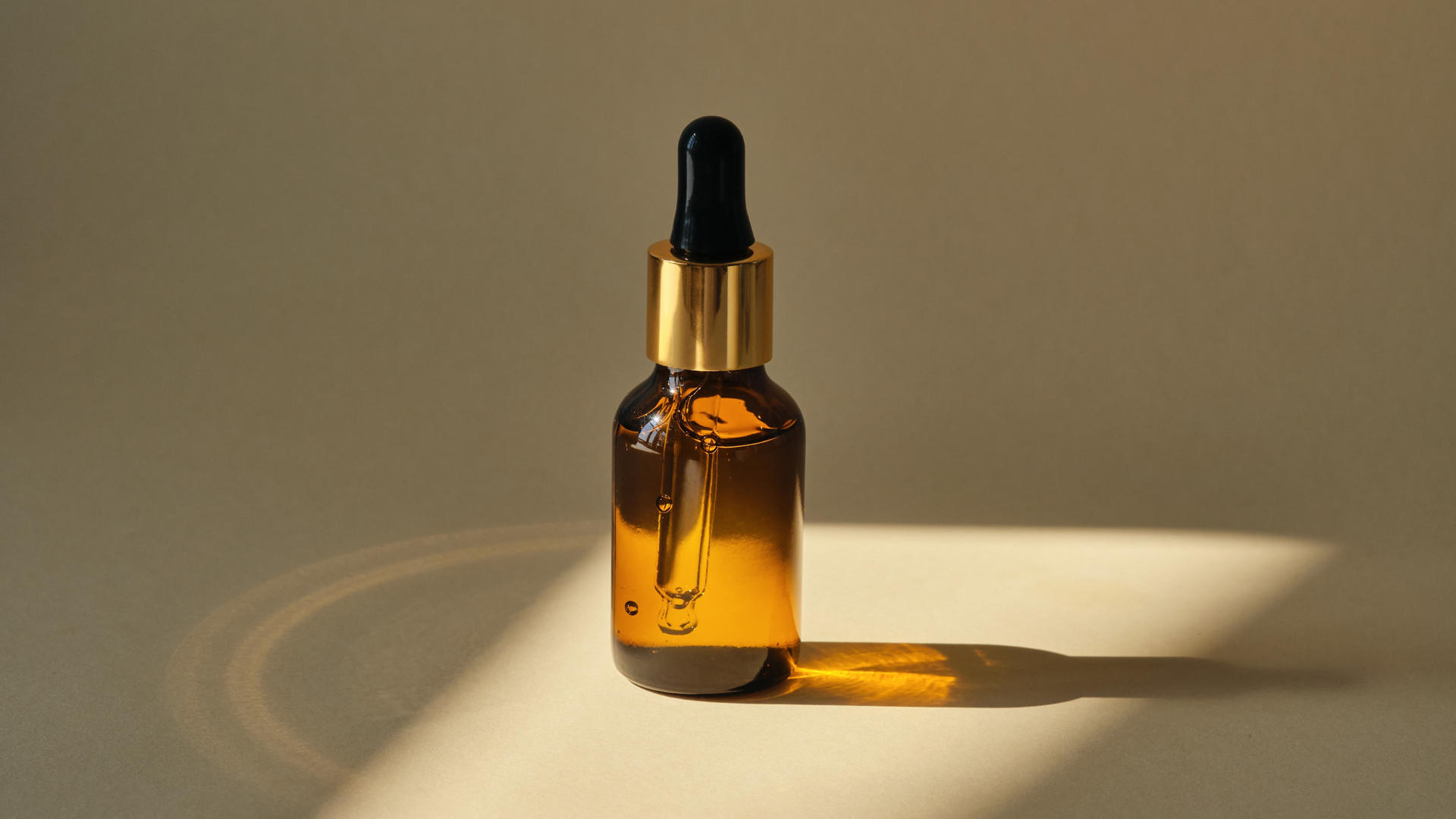
The cosmetics industry is facing the challenge of creating more advanced and versatile formulations than ever before as consumers continue to slim down their cosmetic routines. Making full use of hero ingredients to pack more functionality into cosmetic formulas can help developers achieve this goal and keep their products at the forefront of this new wave of multifunctional cosmetics.
Investing in up-and-coming hero ingredients like chitosan and lignin can help formulators push forward in their product development, and the adoption of novel delivery systems using nanotechnology can get more functionality from existing ingredients than ever before. Staying up to date with the latest research in multifunctional cosmetics will continue to support innovative development and break the boundaries of what consumers can expect from their cosmetic products.
Read more about how CAS can help you create the ultimate formulation by learning how we partnered with Citrine to predict deformulations using AI.


